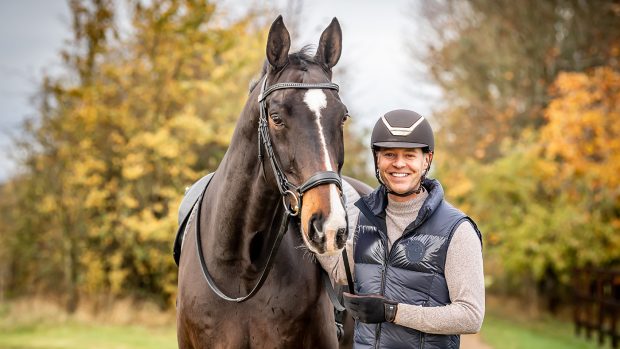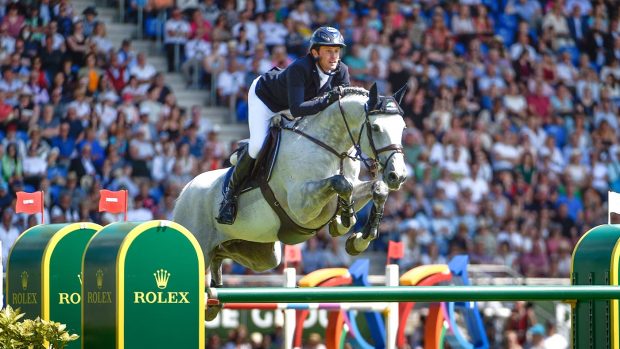The eventing at the World Equestrian Games (WEG) will be run with cross-country at three-star instead of four-star level from 2018.
This change has been on the cards as part of the FEI’s Agenda 2020 reforms, but the fact the change is effective from the next WEG has been confirmed by the release of the updated FEI eventing rules for 2017. The dressage and showjumping at WEG will still be run at four-star level.
In addition, a maximum of five riders from one nation can now ride at WEG, rather than the six previously allowed. However, teams at WEG will still be three or four riders, unlike at the Olympics where from 2020 teams will now consist of only three riders.
Flag penalties
If a horse is judged to have jumped outside a flag on the cross-country, the competitor will now receive 50 penalties, rather than being eliminated as previously.
The rules explain that if a horse has attempted to jump the element or obstacle, but may have missed a flag, the rider has two choices. He can re-present (and automatically accept 20 penalties) or continue (in which case they will receive 50 penalties if the fence was not “correctly cleared” or remain penalty-free if it is judged that they did clear the fence).
The wording about what constitutes a run-out in this situation is unchanged: “A horse is considered to have run out if, having been presented at an element or obstacle on the course, it avoids it in such a way that either the head, neck or either shoulder of the horse fail to pass between the extremities of the element or obstacle as flagged.”
Riders can no longer seek clarification on jumping penalties (such as whether they have passed between the flags) from fence judges.
Tighter qualifications
The new rules also bring in some tighter qualification requirements. To achieve a minimum eligibility result (MER), pairs must now score a maximum of 67 penalties in the dressage (55%), whereas previously it was a maximum of 75 penalties (50%).
There is also less leeway for cross-country time-penalties in the new rules – now pairs achieving an MER cannot be more than 75 seconds over the optimum time at one-, two- and three-star (previously 90 seconds) and not more than 100 seconds at four-star (previously 120 seconds).
Continued below…
Related articles:
Three riders for Olympic teams confirmed
Olympic champion speaks out over Agenda 2020 jumping proposals
Is this the future of eventing for 2020 Olympics?
Indoor cross-country rules
The updated rules include a section on indoor cross-country competitions. They state that the contests should be at two-star level with an optimum time and riders should be category A or B riders (the top categories) or have achieved three MERs at three-star in the past two years. There are also rules about the officials required and the presentation of the sport.
Other changes in the updated rules include the fact that body protectors must be worn when schooling over cross-country fences and the dressage arena does not have to be fully closed. Horizontal as well as vertical rowels are now permitted on spurs. If there is no first horse inspection at a CIC, the inspection of horses on arrival by the FEI official vet must now include “a brief trot”.
Read the full FEI 2017 eventing rules with changes highlighted




